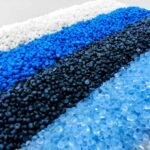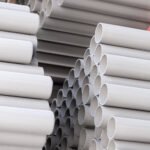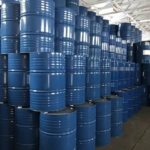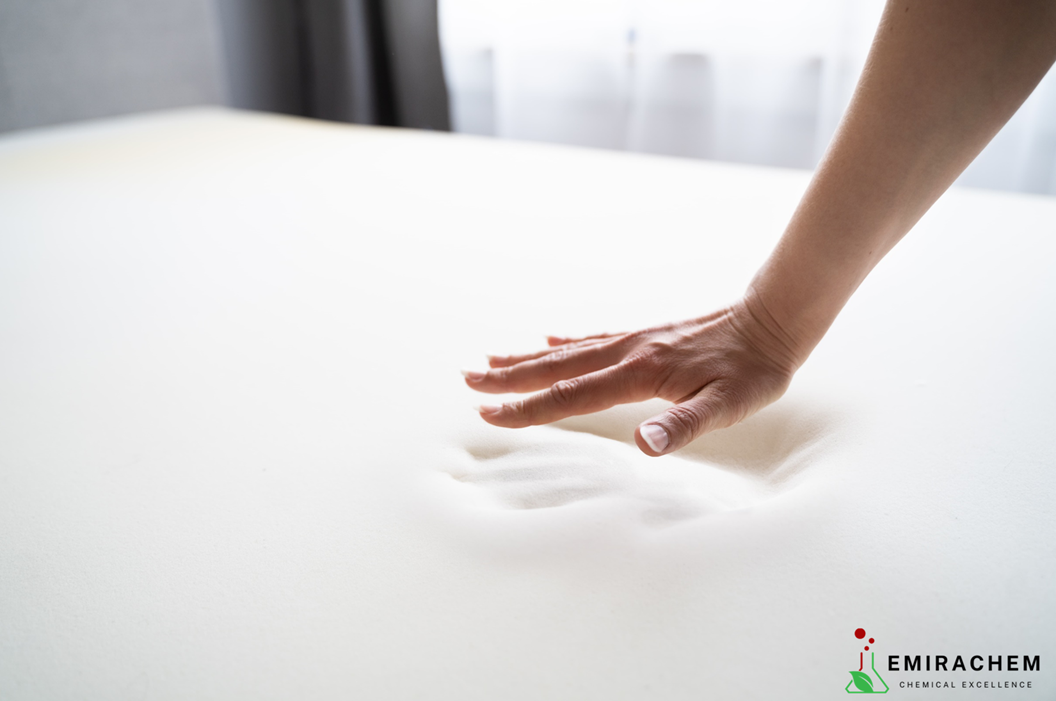Memory Foams / Viscoelastic Foams: The Science of Comfort
Memory foam, also known as viscoelastic foam, has transformed the way we sleep, sit, and relax. From high-end mattresses to pressure-relieving medical cushions, this advanced material offers a unique combination of comfort, support, and durability. But what exactly is memory foam? What makes it “remember”? And what role do raw materials like polyols play in its formulation?
In this blog, we’ll dive into the science, production, applications, and materials behind viscoelastic foams—and why Emirachem is your go-to source for high-performance polyols.
What is Memory Foam / Viscoelastic Foam?
Memory foam is a polyurethane-based foam that is temperature-sensitive and has viscoelastic properties, meaning it behaves both like a viscous liquid and an elastic solid. It slowly conforms to the shape of your body, then gradually returns to its original form once pressure is removed.
The foam was originally developed by NASA in the 1960s to cushion astronauts during takeoff. Since then, its use has expanded into:
- Mattresses and pillows
- Furniture
- Automotive seating
- Medical cushions and prosthetics
- Protective gear
- Footwear
Memory foam’s structure allows it to absorb and distribute pressure evenly, making it ideal for comfort and support.
How Does Memory Foam Work?
The unique performance of memory foam is due to its viscoelastic behavior. This is achieved through a specialized chemical formulation and cell structure:
- Temperature Sensitivity: At lower temperatures, the foam becomes firmer. At higher temperatures (like body heat), it becomes softer and more pliable.
- Slow Recovery: The foam takes several seconds to return to its original shape after compression, creating the iconic “memory” effect.
- Open Cell Structure: Modern memory foams often feature an open-cell design for better airflow and heat dissipation.
The result? A highly adaptive material that cradles the body and relieves pressure points.
What Are Memory Foams Made Of?
The key raw materials used to manufacture memory foam include:
- Polyols: Provide the soft, flexible backbone of the foam. Their molecular weight and structure determine foam softness, elasticity, and durability.
- Isocyanates (usually MDI): React with polyols to form polyurethane foam.
- Catalysts: Control the speed of the chemical reactions.
- Additives: Flame retardants, colorants, and surfactants help modify foam properties.
- Blowing Agents: Create the foam’s cellular structure by generating gas during the reaction.
➡️ Looking for high-performance polyols for memory foam production? Contact Emirachem to source specialty polyols tailored for comfort foam applications.
Properties of Memory Foam
Here are some key characteristics that define high-quality viscoelastic foam:
| Property | Description |
|---|---|
| Density | Typically 40–90 kg/m³; higher density equals better support |
| Hardness (ILD) | Measures foam firmness; usually between 8–20 ILD |
| Recovery Time | 2–10 seconds, depending on formulation |
| Compression Set | Resistance to permanent deformation |
| Durability | Long-lasting support, even after years of use |
| Flame Resistance | Can be formulated to meet regional fire safety standards |
Memory foam can be tuned to meet very specific comfort and safety requirements—making the right formulation critical.
The Role of Polyols in Viscoelastic Foam
Polyols are a major component of memory foam, accounting for 50–70% of the final product by weight. The type, molecular weight, and functionality of polyol used influences:
- Foam softness and flexibility
- Open or closed-cell structure
- Recovery time
- Temperature sensitivity
- Durability and resilience
Polyether polyols are most commonly used for memory foams. Specialized formulations with higher molecular weights yield softer, more pliable foam ideal for mattresses and pillows.
➡️ For the best-performing polyols in memory foam production, reach out to Emirachem—a trusted supplier of specialty chemicals for the polyurethane industry.
Common Applications of Memory Foam
Memory foam is found across various industries due to its adaptability and comfort. Popular applications include:
1. Mattresses & Pillows
Memory foam mattresses provide contouring support, reducing pressure on joints and improving sleep quality.
2. Medical and Therapeutic Uses
Pressure-relieving cushions prevent bedsores in patients, while memory foam is also used in prosthetics and orthotics.
3. Automotive Seating
Used in car seats for driver and passenger comfort during long drives.
4. Sports and Safety Equipment
Protective padding in helmets, sports gear, and body armor benefits from memory foam’s shock-absorbing properties.
5. Footwear
Insoles and orthopedic shoes feature memory foam for impact reduction and cushioning.
How Viscoelastic Foam is Produced
- Raw Materials Preparation: Polyols and isocyanates are carefully measured and mixed with catalysts and additives.
- Foaming Process: Blowing agents (often water or chemical agents) produce gas bubbles that create the foam’s cellular structure.
- Curing: The foam is allowed to rise and set before being cured to reach its final properties.
- Cutting & Fabrication: Foam blocks are cut into sheets, shapes, or molded components as required.
Formulation precision is key to creating foam that meets exact recovery, softness, and safety specifications.
➡️ Interested in memory foam production? Contact Emirachem today to get expert guidance and premium polyols designed for optimal performance.
Environmental Considerations
Modern memory foams can be produced using more sustainable practices:
- Low-VOC emissions for healthier indoor air quality
- Water-blown systems to reduce harmful chemicals
- Bio-based polyols to partially replace petrochemicals
- Recyclable and reusable foam in certain applications
Emirachem stays ahead of the curve by offering eco-conscious solutions without compromising quality.
Conclusion
Memory foam—scientifically known as viscoelastic polyurethane foam—is a marvel of materials engineering. Its ability to mold to the body, relieve pressure, and enhance comfort has revolutionized industries from bedding to healthcare.
From the heart of its formulation lies the polyol, the ingredient that shapes the foam’s softness, resilience, and recovery.
✅ For formulators, manufacturers, and innovators in the foam industry, Emirachem is your trusted source for premium-grade polyols that deliver consistency, comfort, and quality.
📩 Contact Emirachem today to explore customized polyol solutions tailored for your viscoelastic foam applications.









